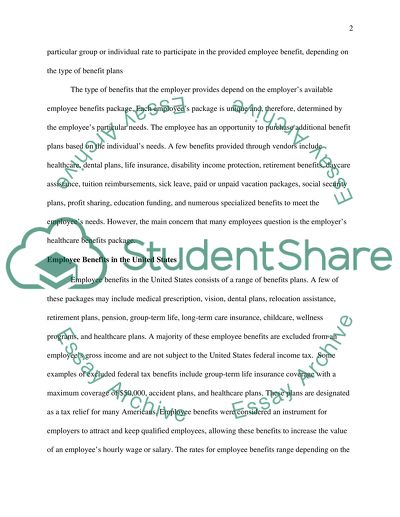Cite this document
(“Employee Benefits & Healthcare Essay Example | Topics and Well Written Essays - 3750 words”, n.d.)
Retrieved from https://studentshare.org/health-sciences-medicine/1549986-employee-benefits-with-a-concetration-on-health-care
Retrieved from https://studentshare.org/health-sciences-medicine/1549986-employee-benefits-with-a-concetration-on-health-care
(Employee Benefits & Healthcare Essay Example | Topics and Well Written Essays - 3750 Words)
https://studentshare.org/health-sciences-medicine/1549986-employee-benefits-with-a-concetration-on-health-care.
https://studentshare.org/health-sciences-medicine/1549986-employee-benefits-with-a-concetration-on-health-care.
“Employee Benefits & Healthcare Essay Example | Topics and Well Written Essays - 3750 Words”, n.d. https://studentshare.org/health-sciences-medicine/1549986-employee-benefits-with-a-concetration-on-health-care.


